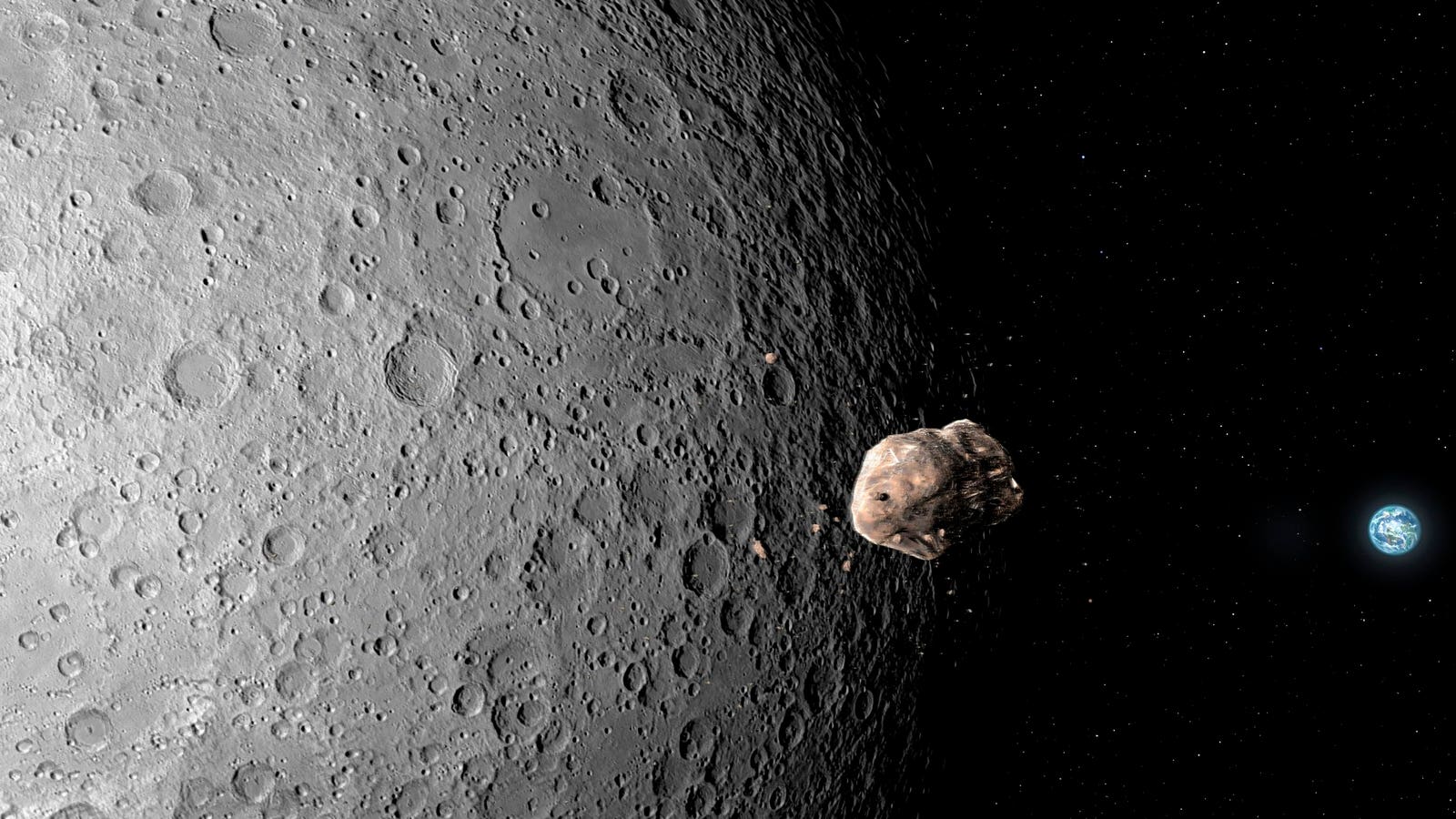Melting permafrost is leading to alpine rockfalls and landslides.
After smaller debris flows and increased rockfall activity, in the afternoon of May 28 a large rock-ice avalanche coming from the Nesthorn peak (3.822 meters) buried the village of Blatten in the Swiss canton of Wallis. The area was evacuated in time as geologists warned that a large mass movement was imminent. There are still many uncertainties about the precise reason for the collapse, but it is possible that climate change played a role.
Anthropogenic climate change has caused a rise of temperatures in the Alps by almost 2 degrees Celsius since the late 19th century, with important impacts on the environment, local infrastructure and tourism. One of the most visible effects are the shrinking glaciers. There are also less visible changes, like permafrost melting in the underground. Permafrost is a perennially frozen ice-rock mix, with the ice acting as sort of glue stabilizing steep cliffs and debris.
An increasing number of landslides and rockfalls in the Alps have been linked to melting permafrost. However, it is difficult to quantify and to compare past rates to recent activity.
Geologists use historic accounts, old paintings or photos showing changes on mountain slopes and deposits of fossil landslides to reconstruct past
Geomorphologist and mountaineer Arnaud J.A.M. Temme used some unusual documents to reconstruct past rockfall rates. After he got into a rockfall accident on a route described as safe, he noted that risk evaluation for certain routes had changed over time in guidebooks used by climbers.
Focusing on the Eiger region (Switzerland) and consulting editions dating back almost 150 years, he noted that on 19 percent of the climbing routes the risk of sudden rockfall had increased significantly. In more recent editions, the bedrock was described as brittle by many experienced climbers and mountain guides.
Rising temperatures affect the stability of a mountain in different ways. As a glacier retreats, oversteepened rock faces lose their support and become unstable. Ice also isolates the bedrock from rapid temperature changes and reduces weathering. Without this protective layer, the surface quickly deteriorates.
When permafrost melts it destabilizes not only the surface, infiltrating water now enters open joins and fissures. Increased water pressure causes new joints to open and water seeps even deeper into the bedrock — a disastrous self-reinforcing cycle weakening the mountain from within. The melting rock-ice mix can also trigger dangerous debris flows.
Mountains are traditionally a symbol for eternity and immobility. Yet they are surprisingly fragile systems with sometimes catasrophic consequence for us.








